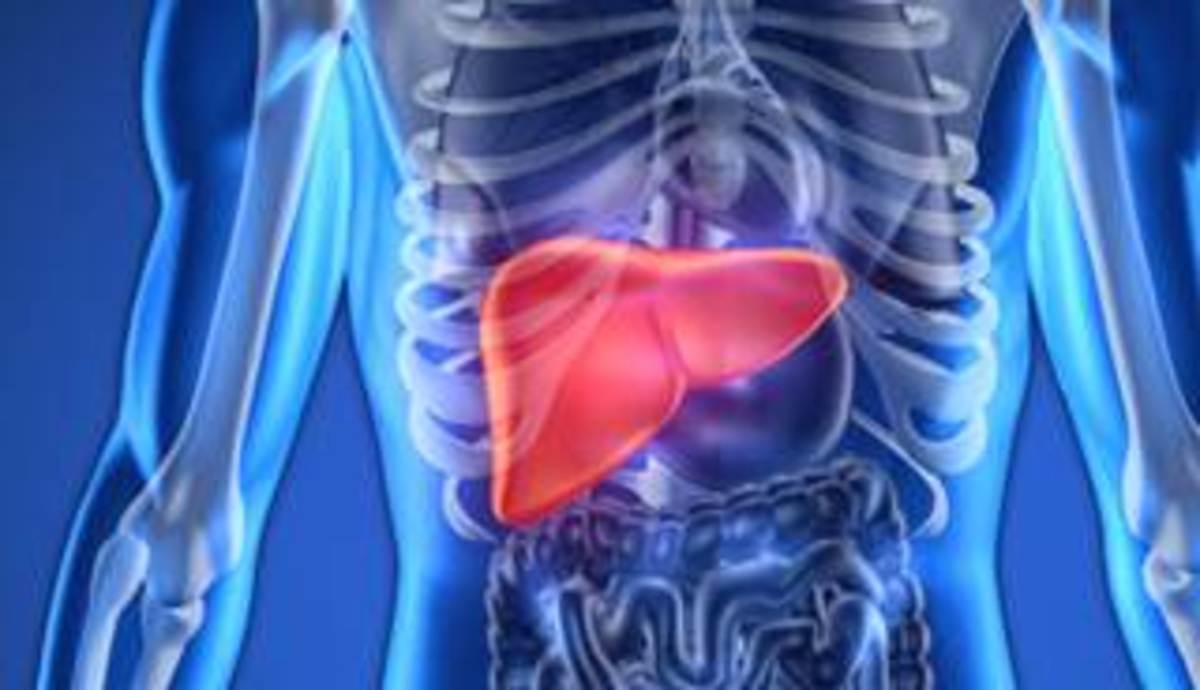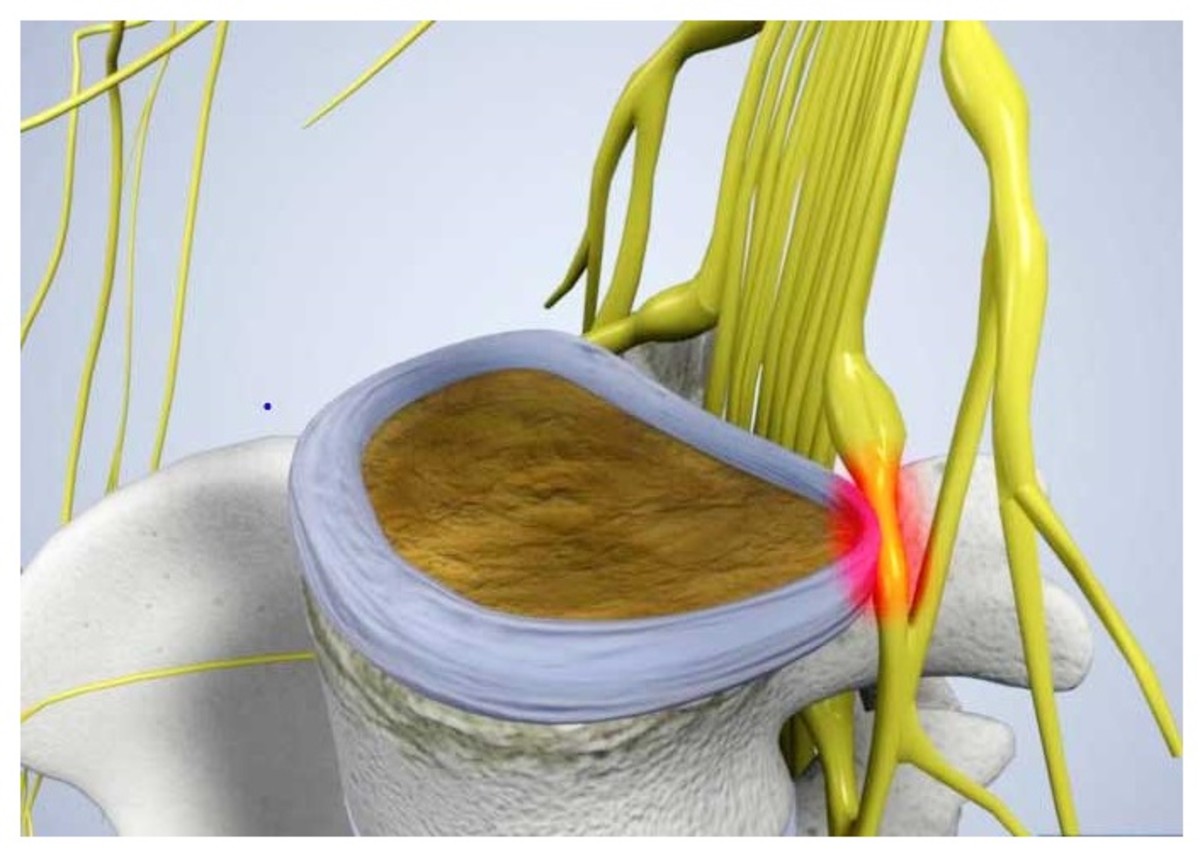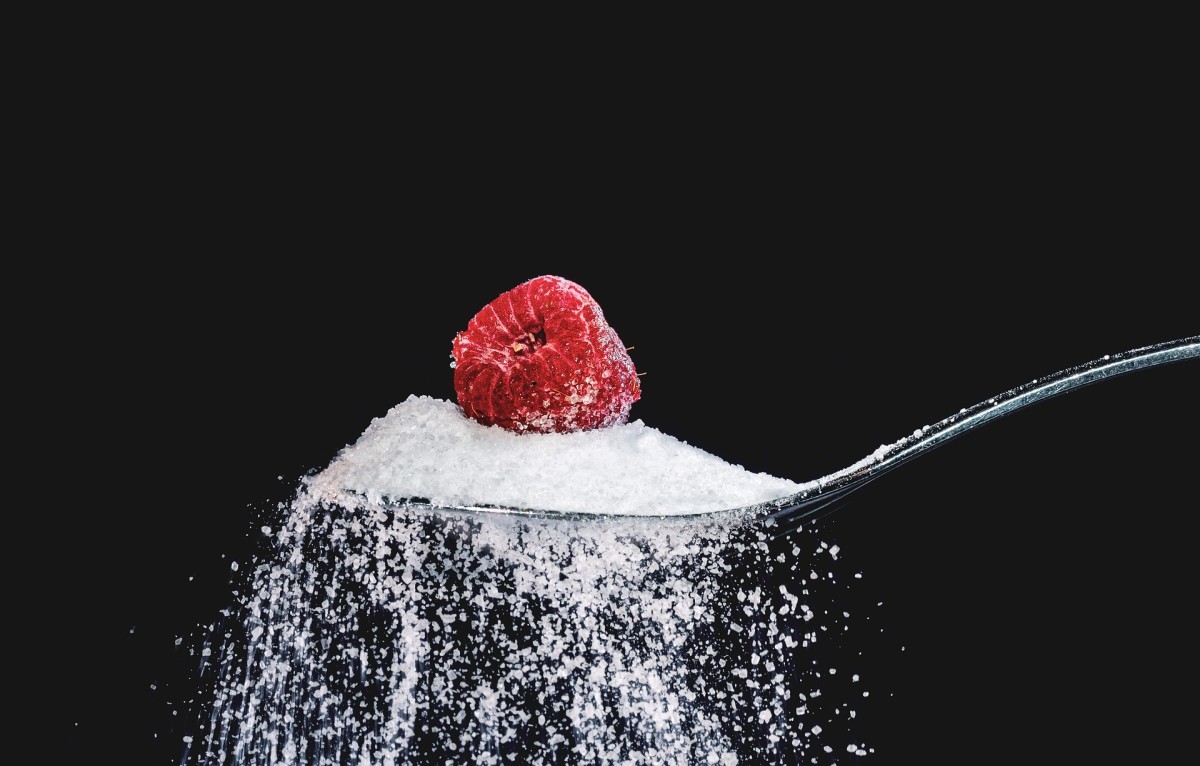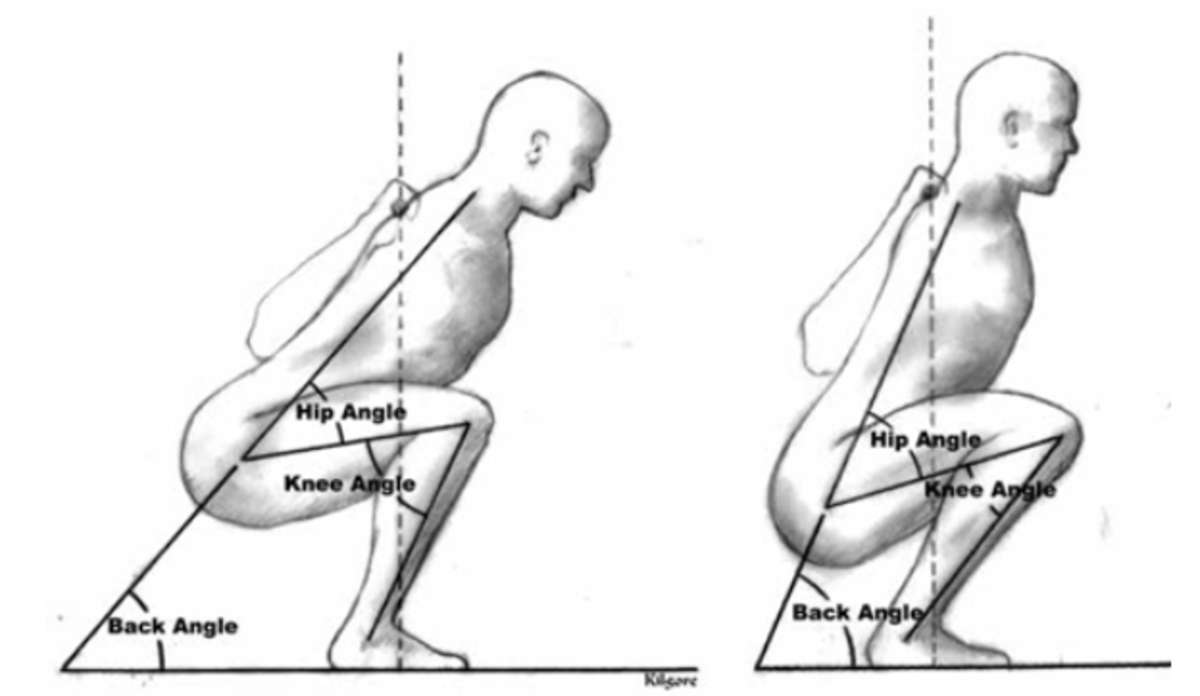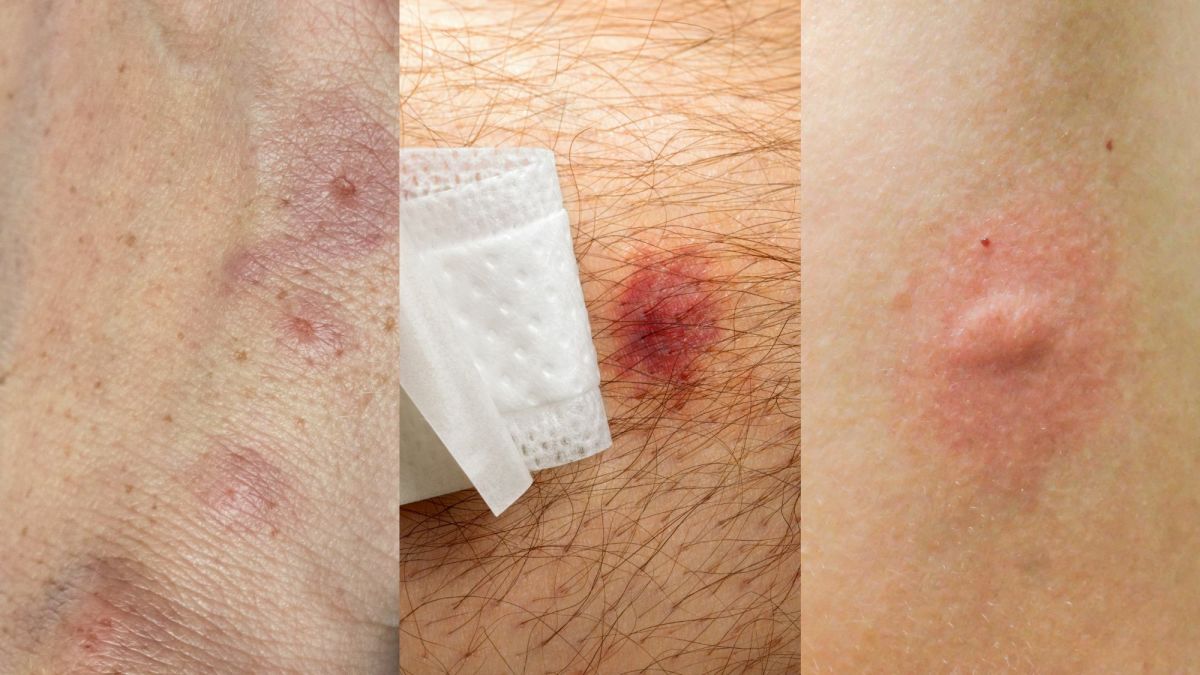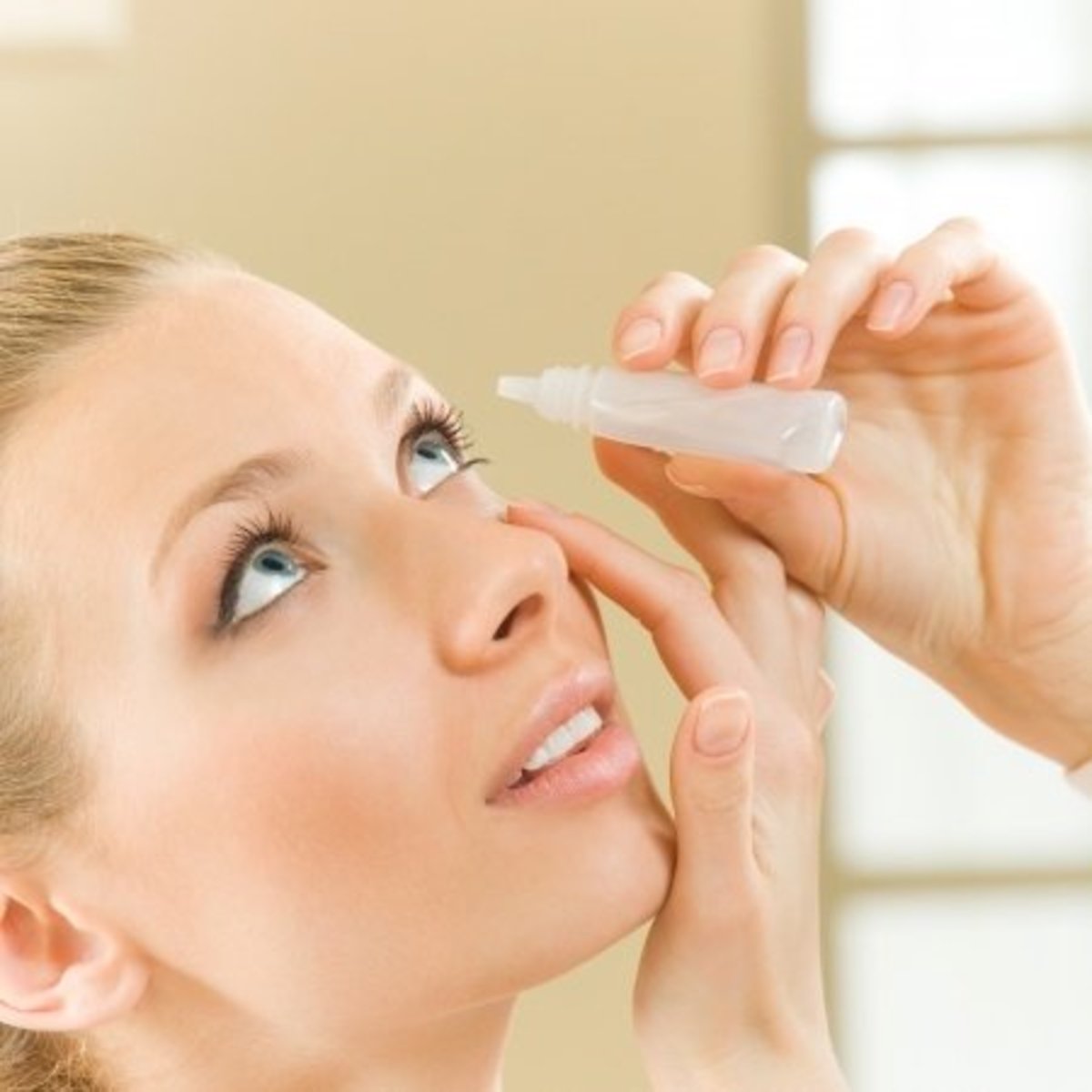Everything you need to know about osteoporosis
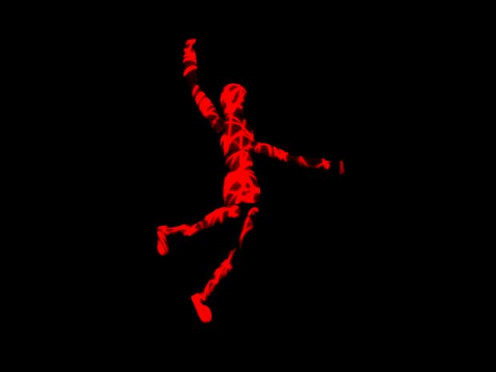
Many countries in the world face the dilemma of a rapidly aging population.
Small Singapore has one of the highest life expectancies in the world, with many people living an average of 82 years.
Health problems mar these long life expectancies. The elderly have a myriad of health conditions, osteoporosis being a common one. Knowing its causes, symptoms and treatment methods is a step forward in helping sufferers cope with it.

Osteoperosis causes
Bones are thick and strong in young adults. They develop more bone mass until they are in their early twenties. Osteoporosis causes bones to become less dense and more brittle. Some people are at greater risk of developing it than others.
Women are more likely to develop osteoporosis than men. Hormonal changes that occur after menopause affect bone density. Oestrogen is essential for maintaining bone mass. After menopause, oestrogen levels fall. decreasing it. Women who have an early menopause, who had a hysterectomy or who have missed periods because of too much exercise may develop menopause.
Men who have lower testosterone levels have a higher risk of developing osteoporosis. Those who take in certain medications, such as glucocorticoids, are at risk of contracting the disease. Men who develop hypogonadism, a condition that causes abnormally low testosterone levels, may have the disease as well.
Osteoporosis
Osteoporosis symptoms
Patients with osteoporosis usually display no symptoms in the early stages of bone loss. Signs of the disease become obvious in its later stages.
Patients with osteoporosis may suffer from back pain, caused by a fractured or collapsed vertebra. Lack of bone density causes them to lose height over time. They gradually develop a stooped posture.
Patients easily develop osteomalacia, a related condition when bones become brittle. Patients may want to talk to their doctors about osteoporosis if they went through early menopause, have family members who had hip fractures or took corticosteroids for long periods of time.
Hyperthyroidism, or overactive thyroid glands, can trigger this malady. Pituitary gland disorders may bring about osteoporosis as well.
Anyone with a family history of hip fractures or osteoporosis are at risk of developing the disease. Being underweight, with a body mass index of less than 19 puts a person at risk as well. Those who had gastrointestinal surgery may have a reduced stomach size.
Bad health habits are a top cause of osteoporosis. Those who drink or smoke may lose bone density as they grow older. Poor dietary habits are a top cause of osteoporosis, with majority of patients suffering the disease because of poor calcium intake.
Malabsorption disorders, such as Chron's or Coeliac disease, affect bone density. Patients with these diseases may develop osteoporosis. To add, patients who take medication for breast cancer may find themselves losing bone mass.
Age is a risk factor for osteoporosis. This is a common condition in the elderly. Being of a certain race also puts a person at risk. Caucasians and Asians are more likely to lose bone density as they grow older.
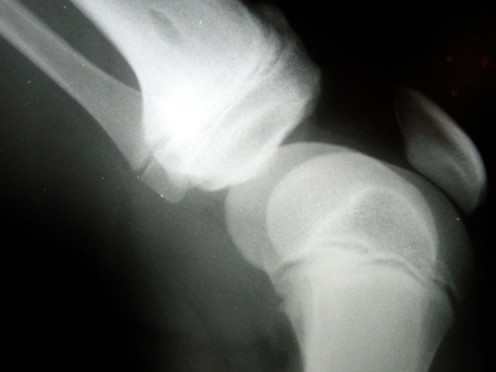
Osteoporosis causes
Patients with osteoporosis usually display no symptoms in the early stages of bone loss. Signs of the disease become obvious in its later stages.
Patients with osteoporosis may suffer from back pain, caused by a fractured or collapsed vertebra. Lack of bone density causes them to lose height over time. They gradually develop a stooped posture.
Patients easily develop osteomalacia, a related condition which happens when bones become brittle. Patients may want to talk to their doctors about osteoporosis if they went through early menopause, have family members who had hip fractures or took corticosteroids for long periods of time.
Hyperthyroidism, or overactive thyroid glands, can trigger this malady. Pituitary gland disorders may bring about osteoporosis as well.
Anyone with a family history of hip fractures or osteoporosis are at risk of developing the disease. Being underweight, with a body mass index of less than 19 puts a person at risk as well. Those who had gastrointestinal surgery may have a reduced stomach size.
Bad health habits are a top cause of osteoporosis. Those who drink or smoke may lose bone density as they grow older. Poor dietary habits are a top cause of osteoporosis, with majority of patients suffering the disease because of poor calcium intake.
Malabsorption disorders, such as Chron's or Coeliac disease, affect bone density. Patients with these diseases may develop osteoporosis. To add, patients who take medication for breast cancer may find themselves losing bone mass.
Age is a risk factor for osteoporosis. This is a common condition in the elderly. Being of a certain race also puts a person at risk. Caucasians and Asians are more likely to lose bone density as they grow older.
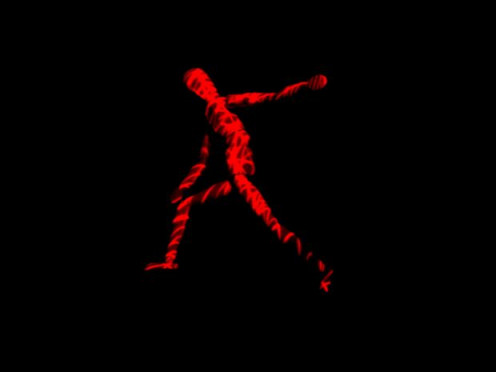
Types of Osteoporosis
Many believe the myth that osteoporosis is a disease that strikes the elderly. Nothing is farther from the truth, because secondary juvenile osteoporosis may strike children who suffer from any of these maladies.
Bone loss often hampers those with eating disorders. Girls who contract anorexia nervosa or bulimia because of poor eating habits may lose bone mass, owing to malnutrition.
Cushing's disease weakens bones. Osteoporosis is one of the symptoms of the disease. Ordinary movements such as bending, lifting or simply getting out of bed can break ribs. Excess weight compounds the problem.
Cystic fibrosis refers to a disease when patients find it difficult to make mucus or perspiration. This affects how the lungs and digestive system work. Those who have cystic fibrosis may have low bone density.
Hunter's syndrome, also known as mucopolysaccharidosis, is a hereditary, rare disease, Although it may not cause the brittle bones commonly associated with osteoporosis, those who contract the disease may have difficulty walking.
Osteoporosis has links with a group of rare disorders collectively known as osteogenesis imperfecta. These diseases affect connective tissue, and have brittle bones as a common characteristic.
Other diseases which trigger osteoporosis include:
a .diabetese homocystinuria
b. hyperthyroidism
c. juvenile arthritis.
d. kidney diseasei.
d. leukemia
e. malabsorption syndrome
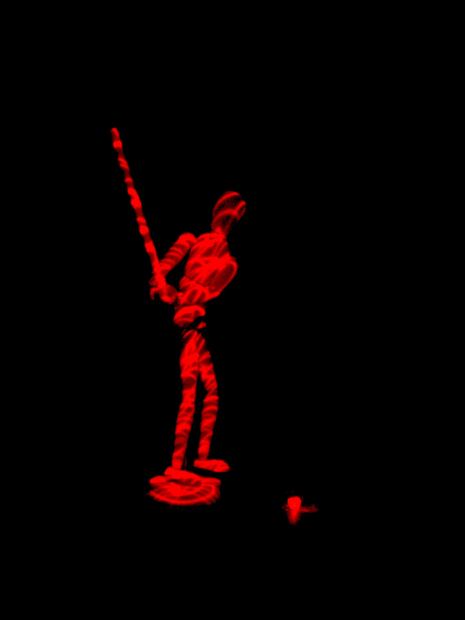
Osteoperosis treatments:Medication that works
Doctors will treat a patient diagnosed with osteoporosis with a variety of medications. Knowledge about why their use, how they work and their side effects is always useful.
1. Medications for treating osteoporosis
Doctors often prescribe bisphosphonates for treating osteoporosis. The most common ones include:
a. Risedronate
b. Ibandronate
c. Zoledronic
d. and Alendronate.
Oestrogen hormones and other hormone like medications are commonly used for osteoporosis treatment. Their popularity is waning, as research has proven that it increases cancer and heart disease risk.
However, women who have lower bone density or are losing hormones because of menopause onset may consider using these drugs. Denosumab is an alternative medcation for those who cannot take biphosphonates.
2. How osteoporosis medications work
Osteoporosis slow bone fragmentation. Healthy bones will constantly disintegrate and rebuild. Osteoporosis happens when the body cannot replace them fast enough. osteoporosis medications help to slow the bone disintegration process. and lower the risk of breaking bones.
3. Drugs for maintaining bone density: knowing which to take
Biphosphonates, which are ordinary medicines, help those in the earlier stages of osteoporosis. For those whose condition is more severe, more powerful medicines such as denosumb and teriparatide are necessary. Doctors also prescribe it for people who cannot tolerate oral biphosponates.
4. Side effects
Like all drugs, osteoporosis medications cause side effects, the most common of which are stomach upsets and heartburn. To avoid these effects, osteoporosis medications are best taken with a tall glass of water or on an empty stomach.
Have you dealt with osteoporosis?
Natural remedies for Osteoperosis
The most positive treatment for osteoperosis is a healthy lifestyle. Being careful with one's diet and finding time in busy day's schedule will slow, if not cure, the disease.
Herbs like red clover and soy proteins are thought to have estrogen-like properties which protect bones. Alternative practitioners recommend them for treating osteoperosis. Black Catosh, a Native American Herb, is scientifically proven to promote bone formation in mice. Alternative remedies may interfere with prescribed medication, and may have dangers for those at risk of oestrogen-related cancer. Patients should always consult their doctors before using them.
The ancient martial art of Tai Chi is a series of body postures that flow from one to the other. The National Center for Complementary and Alternative Medicine suggests that it can enhance immunity and reduce joint stiffness. It also promotes stability.
Then there is acupuncture, an ancient Chinese remedy. The premise of this time-honored art is to promote energy flow through 14 meridians, or acupoints, throughout the body. Practitioners do this by inserting needles on, or near, relevant acupoints.
Putting effort into its management will help sufferers cope with the disease.


